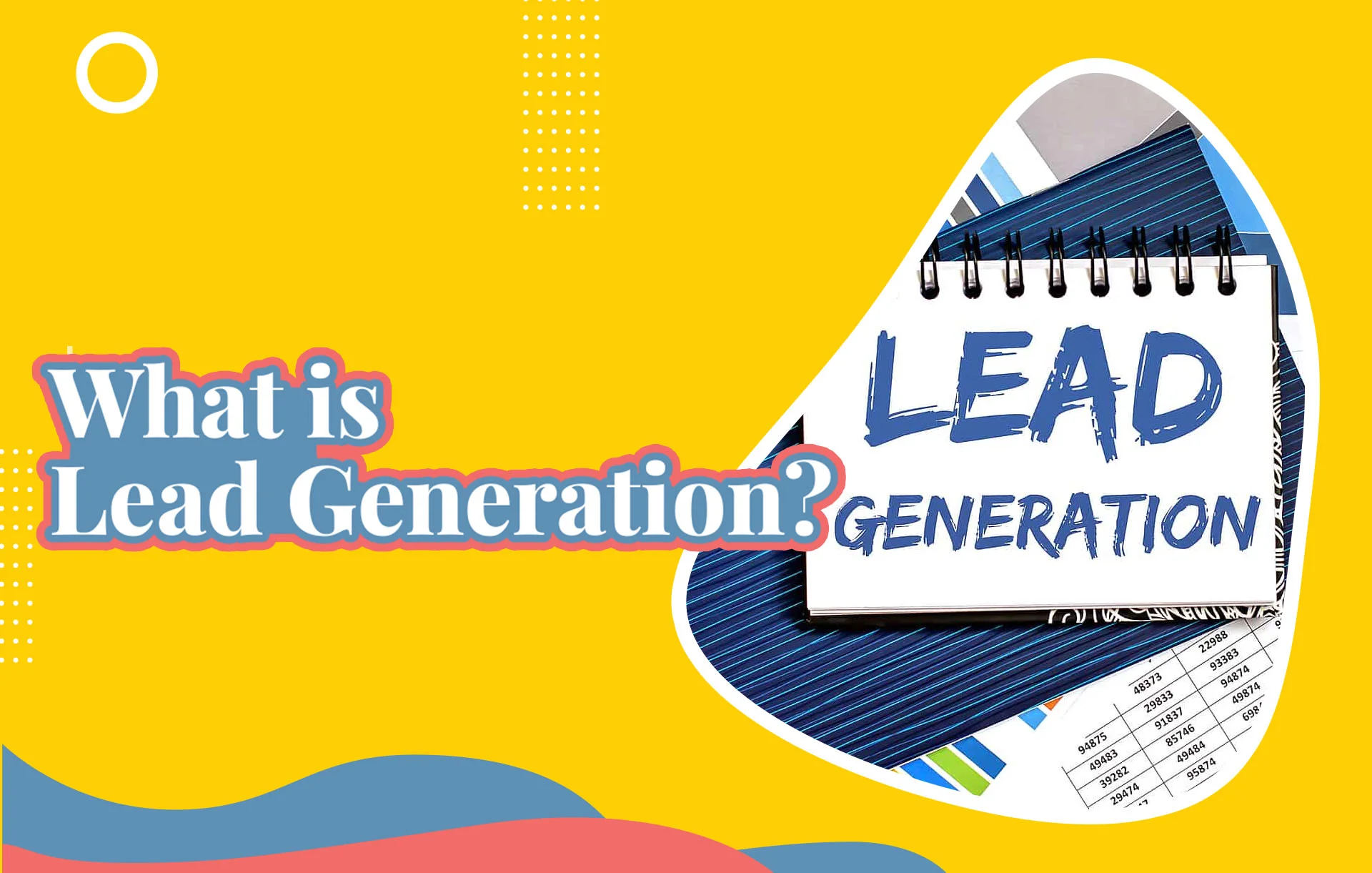What is Lead Generation?
Lead generation begins when the customer shows interest or inquiry about a product or service in a business. You can generate Leads in advertisements that can also feature non-paid bases like organic search engine results or when existing customers refer new ones to the company. Businesses and entrepreneurs build links with the aim of list building, e-newsletter list attainment, or sales.
Leads come through different sources or actions. This can be personal referrals, digitally via the internet, telephone, events, and advertisements. Studies have shown that email is the most used in generating leads, followed by content marketing, search engines, and events.In 2014 a study found that search engines, direct traffic, and web referrals were the most favorite online platforms for lead generation, which account for nearly 93% of leads.
To take leads through a purchase funnel, Lead Generation mostly combines with lead management. This amalgamation of actions is known as pipeline marketing. For a lead to take effect, it’s typically allotted to an individual to follow up. If the individualevaluates and qualifies it as a potential business, they are more likely to turn it into a business prospect. This opportunity is then submitted through numerous sales phases before the transaction is achieved. You can click here to learn more about lead generation and how you can get started.
Leads can be said to be the contact and geographical information of a client interested in a said product or a service. We have two types of leads in the lead generation market: sales lead and marketing leads.
- Sales lead is typically generated on the foundation of demographic standards such as FICO score in the United States, income bracket, age, and income per household. Another avenue is psychographic, which studies the features and traits that include ideals, needs, achievement, interests, and general lifestyle choices. The leads can be resold to numerous advertisers. Sales leads are characteristically followed up through telephone calls, emailing, or physically through salespersons. Sales leads are predominantly in the mortgage, SaaS, insurance and financial industry sectors.
- Marketing leads are brand-specific and are typically generated for an exclusive advertiser offer. Contrary to sales leads, marketing leads are not sold multiple times. Transparency is acrucial requirement for generating marketing leads. Therefore, marketing lead campaigns can be enhanced by tracking down leads to their sources.
- An investor lead is a kind of a sales lead where an individual or an entity is possibly interested in joiningaventure and represents the initial stage of an investment sales procedure. Theseleads are generally considered to have some disposable income, which they can use to partake in suitable investment prospects, which can offerreturns on investment in the form of interest, dividend, profit sharing, or asset appreciation.
Why is Lead Generation Important for Brands?
Interests are vital for your brand’s products and services. When an individual shows an interest in your brand, the stages taken before purchasing the productmay appear natural. In a real sense, what you have done, is you have aided in solving a problem or voiding a specific need.
But situations where someone does not have an interest in what you are offering, yet you persuade them to buy the product, could lead to the person feeling like they were pushed to buy and spend their money when they didn’t have to. This scenario couldeasily bring shame to the brand. When you only direct and attend to your target audience through lead generation, it can ensure that your brand is perfectly matched to the right customer.
Other benefits of lead generation are as follows:
- Target the right customers – All the resources can be directed to targeted specific markets, saving resources, and enhancing sales.
- Increased awareness – Lead generation can also promote brand awareness and status. As more people learnof your brand, it empowers you to disseminate information.
- Opportunity to collect valuable data– Lead Generation offers the possibility to collect essential marketing data from prospective customers. Buyerdatalikethe needs, wants and likings can help youpackagingyour product or service to align it with their needs.
- Brand Loyalty – Companies can createbiggergroups of like-minded clients, which can make their clients loyal
What is lead quality?
You can generally determine lead quality after going through a list of leads obtained through a lead generation drive. Some activities usually lay great emphasis on lead quality. Therefore, marketers and sales personnel must go through the acquired leads to verify that they are quality leads.
Lead Quality Pros
- They bring about high conversion rates
- There is an Improved return on investment
- They can be outsourced
- Customer fulfillment brought about by aligningyour product with a target client
Lead Quality Cons
- It’s time-consuming and can bring about distraction for the sales team
- Sufficient product information could be lucking if it is outsourced
- Quality leads are typically considered a risk because they are not binding and can be withdrawn
How to Attract Quality Leads?
Most B2B marketers generate leads from the following social media platforms:
- LinkedInis leading, with 44% of B2B marketers saying they use it to generate leads
- Facebook is second, with about 30% of B2B marketers indicating they generated leads from it.
- Thirdly, Twitterwith 30% of B2B marketers saying they generated leads from this platform.
Social media is clearly the place to find quality leads; however, one should go for the platform that suits your industry the most.
Conclusion
Lead generation is vital because it hints to the business that customers in given demographyare interested in its services or products. Therefore, this gives the companies the ability to organize targeted sales, which can undoubtedly improve sales and acceptability of the products and services, bringing about high conversion rates and customer fulfillment.
Outsourcing leads can be quite a challenge, primarily due to the lack of the right product and service information. Therefore, the individuals tasked with disseminating information and collecting data should be taken through a rigorous orientation to increase their knowledge about the product or the service.





